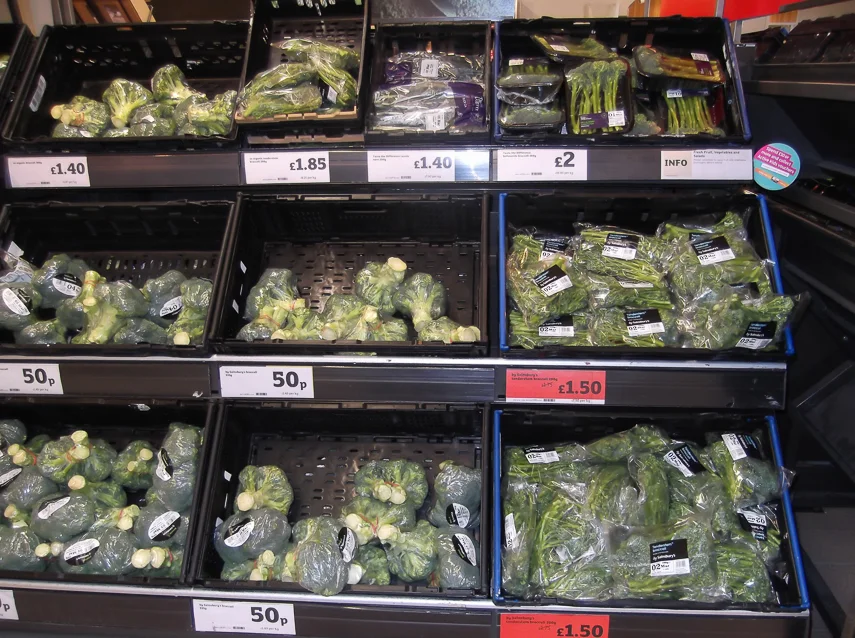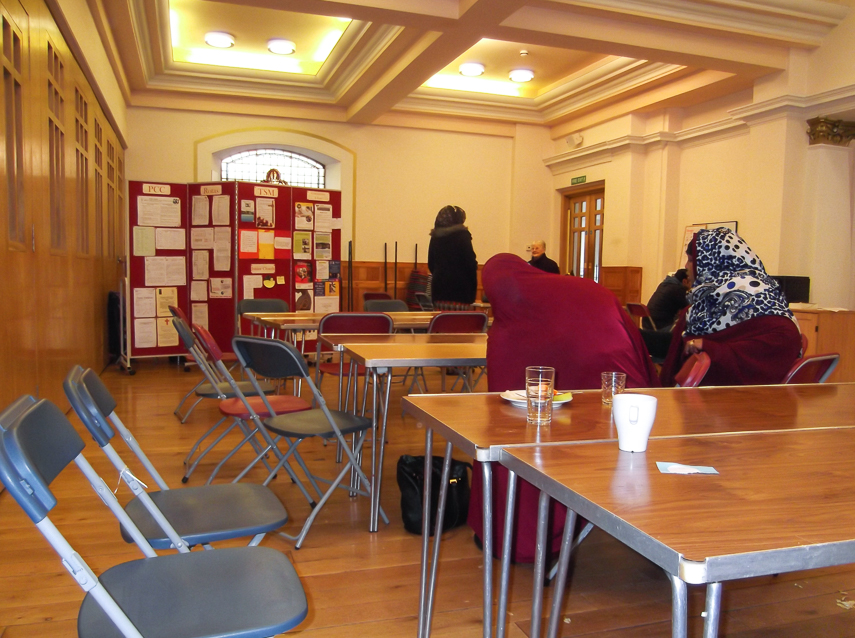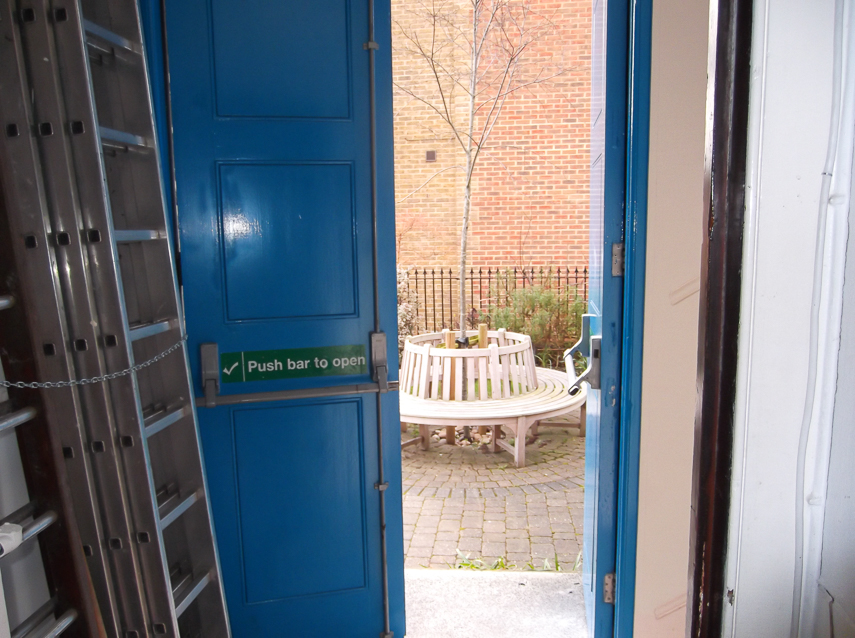my life in south london
stories by clients of the South London Refugee Association
Rooba's story
Rooba is Eritrean, but was born in Ethiopia. She has been in the UK for 14 years. She came as a teenager seeking asylum but now, at 30, is finally a British citizen.
The following photos were all taken by Rooba.
The story I want to tell with these pictures is about the loneliness and isolation that refugees face. When you’re back home you live with your family, you see your friends whenever you want. Here it is a different story. Now, I have family here – but I was very lonely when I first arrived, so I understand what people go through when they come here.
This picture is of my sister, but it used to be me like this, on my own, missing home and my family. This could be any refugee.
I used to walk a lot by myself – I still do. This is one of my favourite walks. I took this photo when I was with a refugee I met through the South London Refugee Association who has no family here. He knows no-one. His brother is in Calais. He is not in a good situation. His other brother is in a detention centre in Israel. He wishes his other brothers could be here with him.
In his head, it feels like this – empty. Even when there are people around, he still feels on his own. He can’t really see people, even when they are standing next to him.
This is the walk from Wimbledon to my flat. I love this walk. Even though I hate the winter season, I love the bare trees. It’s a long walk, about 25 minutes, but I do it a couple of times a week and it clears my head. I live on my own, so I always walk on my own. But I’m lucky – now I walk to meet friends and family.
I’m not a big coffee drinker, but traditionally we love our coffee ceremony. We have a similar culture to Ethiopia with coffee. We always drink with these little cups, and you don’t really offer coffee without popcorn. We bring our traditions with us.
When I first came here I was stateless. I was born in Ethiopia, but we were from Eritrea. So when the war broke out they started deporting people. But we were not citizens of Eritrea either. So when I applied for asylum the documents at the Home Office said that I was stateless. I’d never heard of that before. I thought it was interesting, and so true as well.
I want people not to freak out when refugees come. They come here because they admire this place, and they want to be part of it, not to destroy it.
Mirela's Story
Mirela is a 32-year-old asylum seeker from Albania. She has been in the UK for nearly four years. Her case is ongoing.
The following photos were all taken by Mirela.
I took this photo on my journey to the immigration centre in Croydon where I have to go every two weeks. For me it is the most horrible place. Every time I go I know that I could be detained and deported.
There are four checks you go through before you can get to the third floor. Then you wait for two or three hours until your number is called. Someone was ill there the day I took this photo and the police were called as well. When you go there, you get sick. When I come home I just want to lie down and I don’t want to talk to anyone.
This is the way in, on the left, and the way out is on the right. But there is another door in the middle. That door is where they can detain you, if they receive orders, so that other people won’t see it happen. It’s a hidden door. They don’t want to panic people. Everyone is afraid of this door.
This is the South London Refugee Association’s office. When I need help, I come here. It’s the only place where I have been given any help. Sometimes I worry that I am bothering them because I come so often!
They helped me to find a place to live. Some very nice people, a couple, have let me stay in their house for a year. I would be living on the street if it wasn’t for them.
This is my favourite part of their home – the balcony from the living room. I love flowers. This place gives me pleasure every morning when I open the blinds. I want to put some more flowers there.
This is what I cooked. It’s Albanian chicken and rice. The people whose house I stay in, they love this. Cooking is my passion. When I cook I have to put my heart into it, I am 100% there. If the food doesn’t come out the way I want it to, I get very upset.
What these people are doing for me is amazing, and I appreciate it so much. But I know that at some point I will be homeless again.
Enguday's story
Enguday left Ethiopia to come to the UK 13 years ago, and is still seeking asylum.
The following photos were all taken by Enguday.
Since 2014 I have been volunteering for the South London Refugee Association. Every Monday I help to prepare lunch at the Balham drop in. I am not a cook, so I buy the ingredients and prepare them, and everyone in the kitchen is teaching me.
The day starts at 10am when I go to a supermarket to buy the ingredients. The food is always vegetarian, so I buy onions, carrots, potato, broccoli, mushrooms – as well as salad and fruit.
Every week, we prepare lunch for around 40-50 refugees. People like it very much because the food is always clean, fresh and good. There are some places, some other drop-ins, where the food is not so clean.
Refugees from all over the world come here, from Somalia, Ethiopia, Eritrea, South America and Asia.
People start to arrive at 10am. Sometimes it is full already at this time, but normally it gets busy later. Everyone drinks tea and coffee because it is free, while they get advice on things like immigration, benefits and housing. When I have to go to the Home Office, I tell people about this place.
Everyone always comes into the kitchen to check the clock. They ask ‘What time is lunch?’ Everyone is so hungry. Lunch must be ready just before 1pm. For some people it is the only meal they eat that day.
This bread comes from a very kind man. He has a bakery and he donates fresh bread every week. There is always fruit every week. We can’t afford to give every person a banana, so we chop them up.
This is just outside the kitchen. Once lunch is finished, in the summer, we go and sit outside and cool down for a little while. It gets very hot in the kitchen, and it is a very busy morning. It’s nice to have a moment to relax.
I do this because I am an asylum seeker myself. I’ve been in this country for 13 years and for many years I didn’t have a home, I didn’t have any benefits and I couldn’t work. My friend told me about this place. At first, I came here for foodbank vouchers.
Cristina and Celia have been so helpful – because of them I now have somewhere to live, and they referred me to Freedom from Torture for medical care.
When I cook, they pay for my travel. But I don’t do this for the travel card. I do this because these people helped me, and because I want to help other refugees and asylum seekers.
Cecilia's story
Cecilia is originally from Ecuador, but was forced to leave to escape political violence. She fled here with her family just over a year ago. She has an EU passport so is able to work. She is very keen to return to Ecuador as soon as it is safe for her to do so.
The following photos were all taken by Cecilia.
This is Croydon. I have lived near here for more than one year now, since I first came to the UK. I like it because there are people here from all over the world, from many different places.
There are street markets like this all over Ecuador. It is very similar to my country, so when I come here it makes me think of home.
When I first came to the UK I spoke no English. I didn’t know what to do. My friend from Ecuador told me about this church in Battersea. They have helped me so much. These people are my very good friends. Often, after the service, we eat together like this. I am very happy there.
Every day I get up at 3.30am to catch a bus at 4am. I have two cleaning jobs at big offices in London. I have been doing this for eight months now. The streets are empty when I arrive. It is very quiet.
Every Monday I walk this way to the South London Refugee Association drop in. I come for the English classes. I have been studying there for six months and I think my English is getting better. I like the UK very much, but I miss my home.
share this story
If you found this story interesting, please consider sharing it.

























